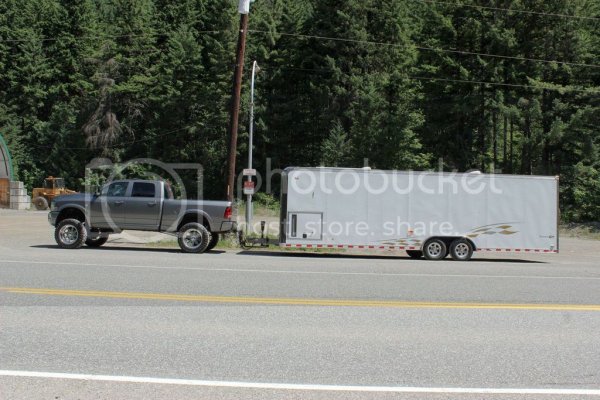brandonjansen
Senior Member
- Joined
- Feb 14, 2013
- Posts
- 1,701
- Reaction score
- 1,013
- Location
- Abbotsford, BC, Canada
- Ram Year
- 2012 Ram 3500 Laramie Limited
- Engine
- 6.7 Cummins - Tuned and Deleted
Introduction
Hi all! This is a thread that I wrote a couple years ago for another form. I see questions popping up more often than anything relate to leveling and wheel and tire sizing. Although there is a TON of information throughout the forum that would fully answer all the questions that come up, none of it is pulled together in one thread that is easily accessible for everyone to find. I decided to put this thread together to help answer the majority of the questions people will have about leveling their trucks or putting larger wheels and tires on them. This thread is by no means something to outline the only way of doing things. Just because I don’t mention it in this first post doesn’t mean it won’t necessarily work. I will try to include as much information as I can that will be applicable to most people but there are always going to be exceptions.
Leveling
Determining Your Level Height
Leveling Options
A lot of guys will start out their post asking whether or not they need a 2” level or a 2.5” level, or in the base of Bilsteins to set them at 2.1” or 2.8”. While we can give you a pretty good idea on what you need to set them at we cannot be 100% exact. Every truck is built slightly different from the factory; what works on one truck might not necessarily work on another. The best way to determine how much of a level you need is to go out and measure your own truck.
Start with putting your truck on a flat surface (having it on a slope will change the weight distribution and give you inaccurate measurements). Then, running the tape measure from the bottom of your tire straight up through the center of the hub, measure each fender height on the 4 corners of your truck. Write them down labelling each one (LF, RF, LR, RR). From there you will be able to determine what your factory rake is (subtract your front height from your rear height). I would expect most people will see anything between 2.25” and 3.25”. Yes they can be that different, it all depends on the truck.
From there you can determine how much front end lift you will need in order to level your truck. Keep in mind you want to retain AT LEAST 0.5” of rake to avoid looking nose high (bulldogging). But you can have more if you like. This can be achieved by either less lift on the front end or by adding rear coil spacers or blocks to the back end which I will go in to later.
Start with putting your truck on a flat surface (having it on a slope will change the weight distribution and give you inaccurate measurements). Then, running the tape measure from the bottom of your tire straight up through the center of the hub, measure each fender height on the 4 corners of your truck. Write them down labelling each one (LF, RF, LR, RR). From there you will be able to determine what your factory rake is (subtract your front height from your rear height). I would expect most people will see anything between 2.25” and 3.25”. Yes they can be that different, it all depends on the truck.
From there you can determine how much front end lift you will need in order to level your truck. Keep in mind you want to retain AT LEAST 0.5” of rake to avoid looking nose high (bulldogging). But you can have more if you like. This can be achieved by either less lift on the front end or by adding rear coil spacers or blocks to the back end which I will go in to later.
Leveling Options
There are two different ways you can level the front of an 06+ Ram; Bilstein 5100 adjustable front struts or spacers.
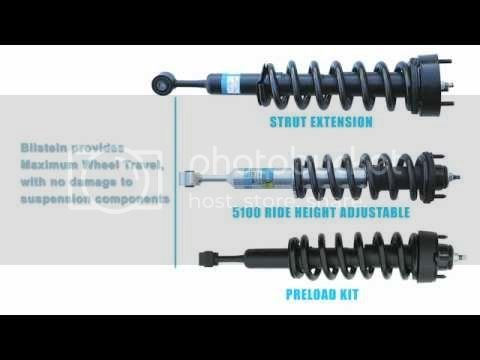
Links

Bilstein 5100 Adjustable Front Struts
The Bilstein 5100 adjustable front struts allow you to raise the front end of your truck by raising the lower spring seat on the strut assembly. There are 5 different height settings, 0 (stock), 0.7”, 1.4”, 2.1”, and 2.8”. By setting the lower spring seat at any of those heights you will gain that much front end lift on your truck.
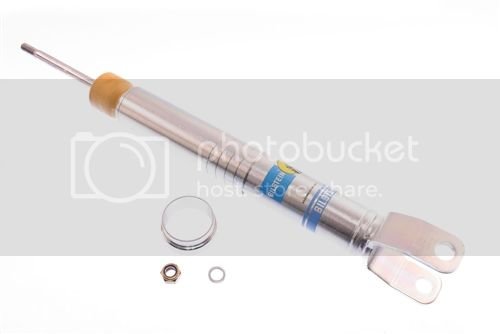
Bilstein 5100 Product Brochure
There are a number of advantages of running Bilsteins over strut spacers:
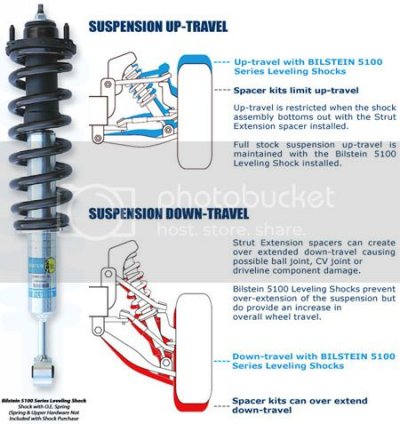
I would recommend Bilsteins to 95% of people who want to level their trucks. In my opinion (and many others) they are the best way to level 06+ Rams. They will provide you with the leveling you need in order to clear larger tires and improve the look of your ride plus they can be used with a lift down the road if you plan on going that route.
Bilstein Install
The install of Bilsteins is not much more complex than strut spacers. The disassembly of parts on your truck is exactly the same. The difference is what you do with the strut once you have it removed from the truck. The only difference with the Bilsteins is that you need a spring compressor in order to disassemble the stock strut and then assemble the Bilstein. You should be able to rent spring compressors from most local auto part stores.
Spacers
Leveling spacers are installed on top of your factory strut to raise the front end of your truck. Typically there are two heights that guys will use; 2” and 2.5”. The amount of lift you will get from them is fairly straight forward; it’s whatever the spacer size is listed as. Now keep in mind the spacer itself will not actually measure the same as the lift height it provides. Spacers are used in conjunction with rotating the strut 180 degrees and giving it a steeper angle to achieve the front end lift.
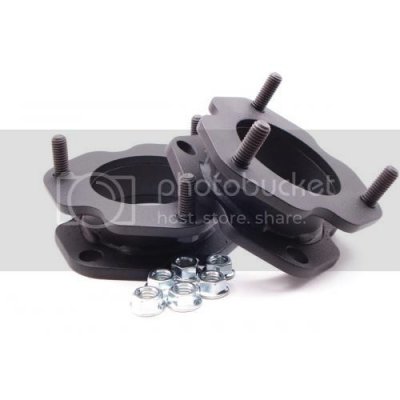
There is only one advantage to using spacers over Bilsteins in my opinion….. cost. Spacers are obviously cheaper than Bilsteins but you have to remember what you are getting in comparison. Yes you will achieve your front end lift but you are also missing out on things and putting your front end at slightly more risk at the same time.
Here are the cons of using spacers rather than Bilsteins:
All that being said, tons of guys will be able to run standard spacers with no issues at all. I ran them on my 1500 for 8 months with no issues whatsoever. However I do regret not buying the Bilsteins from the get-go because I did end up buying them when I lifted it (and was very impressed with them).
As far as I’m concerned, if you’re buying spacers you better be buying them from Hell Bent Steel. They have the best price on them. If you’re looking at getting them from someone else (where you’ll be spending more money) you might as well pony up the little bit of extra cash, do yourself a favor and buy the Bilsteins.
Spacer Install
The install of strut spacers is fairly straight forward. The strut just needs to be removed, the spacer installed on top of it, and then put back in place.
The Bilstein 5100 adjustable front struts allow you to raise the front end of your truck by raising the lower spring seat on the strut assembly. There are 5 different height settings, 0 (stock), 0.7”, 1.4”, 2.1”, and 2.8”. By setting the lower spring seat at any of those heights you will gain that much front end lift on your truck.

Bilstein 5100 Product Brochure
There are a number of advantages of running Bilsteins over strut spacers:
• You will improve ride quality by installing the Bilstein shocks on your truck. I find they make the front end slightly stiffer but more controlled in doing so. There’s less bouncing which provides a smoother ride.
• The install is “cleaner” and provides fewer areas for things to come loose or break. Because it is still one strut assembly there are only 3 bolts on the top and one on the bottom unlike spacers where you have 6 bolts on top with weak point where the spacer meets the strut.
• The Bilsteins limit the amount of downward suspension travel which will not allow the control arms to overextend which is hard on CV shaft joints, ball joints, and tie-rod ends.
• The Bilsteins DO NOT limit the amount of upward travel giving you more articulation and flex and less chance of bottoming out.
• The install is “cleaner” and provides fewer areas for things to come loose or break. Because it is still one strut assembly there are only 3 bolts on the top and one on the bottom unlike spacers where you have 6 bolts on top with weak point where the spacer meets the strut.
• The Bilsteins limit the amount of downward suspension travel which will not allow the control arms to overextend which is hard on CV shaft joints, ball joints, and tie-rod ends.
• The Bilsteins DO NOT limit the amount of upward travel giving you more articulation and flex and less chance of bottoming out.

I would recommend Bilsteins to 95% of people who want to level their trucks. In my opinion (and many others) they are the best way to level 06+ Rams. They will provide you with the leveling you need in order to clear larger tires and improve the look of your ride plus they can be used with a lift down the road if you plan on going that route.
Bilstein Install
The install of Bilsteins is not much more complex than strut spacers. The disassembly of parts on your truck is exactly the same. The difference is what you do with the strut once you have it removed from the truck. The only difference with the Bilsteins is that you need a spring compressor in order to disassemble the stock strut and then assemble the Bilstein. You should be able to rent spring compressors from most local auto part stores.
Spacers
Leveling spacers are installed on top of your factory strut to raise the front end of your truck. Typically there are two heights that guys will use; 2” and 2.5”. The amount of lift you will get from them is fairly straight forward; it’s whatever the spacer size is listed as. Now keep in mind the spacer itself will not actually measure the same as the lift height it provides. Spacers are used in conjunction with rotating the strut 180 degrees and giving it a steeper angle to achieve the front end lift.

There is only one advantage to using spacers over Bilsteins in my opinion….. cost. Spacers are obviously cheaper than Bilsteins but you have to remember what you are getting in comparison. Yes you will achieve your front end lift but you are also missing out on things and putting your front end at slightly more risk at the same time.
Here are the cons of using spacers rather than Bilsteins:
• You are not replacing the front shocks (struts). Therefore your ride quality will be the same if not worse than stock. The reason it could be worse is because now the strut is being used at a different angle (therefore a different rate) than what it was tuned for. Are most people going to notice that difference? No, I’m just giving you the heads up that it is a possibility.
• Because the spacer is simply installed on top of the factory strut the entire strut assembly is now too long when fully extended. This will put your control arms and CV shafts at steeper angles which can be harder on CV shaft joints, ball joints, and tie-rod ends. Again, not everyone will notice this problem. If you’re only driving your truck on the street and never going somewhere that your suspension will be fully extended you having nothing to worry about.
• Spacers limit the amount of upward suspension travel which can lead to bottoming out
• Because the spacer is simply installed on top of the factory strut the entire strut assembly is now too long when fully extended. This will put your control arms and CV shafts at steeper angles which can be harder on CV shaft joints, ball joints, and tie-rod ends. Again, not everyone will notice this problem. If you’re only driving your truck on the street and never going somewhere that your suspension will be fully extended you having nothing to worry about.
• Spacers limit the amount of upward suspension travel which can lead to bottoming out
All that being said, tons of guys will be able to run standard spacers with no issues at all. I ran them on my 1500 for 8 months with no issues whatsoever. However I do regret not buying the Bilsteins from the get-go because I did end up buying them when I lifted it (and was very impressed with them).
As far as I’m concerned, if you’re buying spacers you better be buying them from Hell Bent Steel. They have the best price on them. If you’re looking at getting them from someone else (where you’ll be spending more money) you might as well pony up the little bit of extra cash, do yourself a favor and buy the Bilsteins.
Spacer Install
The install of strut spacers is fairly straight forward. The strut just needs to be removed, the spacer installed on top of it, and then put back in place.
Links
To be continued on post #2....


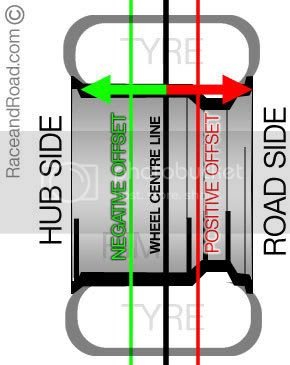
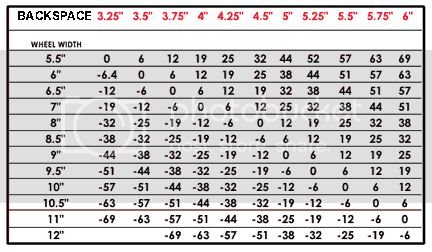
 . Thank you for clearing things up for me! To answer your question, I was wanting to maintain a degree of rake/elevation for 2 reasons. 1. I don't know if I will be towing anything in the future or not, likely not, but I wanted to keep from sagging if I did. 2. I purchased 37x12.50x20 tires and was wanting to give them every bit of clearance they might need. According to Zones website, they will work without rubbing, but the techs said they COULD rub some.
. Thank you for clearing things up for me! To answer your question, I was wanting to maintain a degree of rake/elevation for 2 reasons. 1. I don't know if I will be towing anything in the future or not, likely not, but I wanted to keep from sagging if I did. 2. I purchased 37x12.50x20 tires and was wanting to give them every bit of clearance they might need. According to Zones website, they will work without rubbing, but the techs said they COULD rub some.